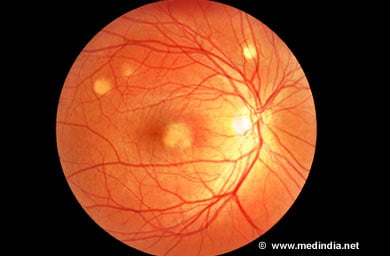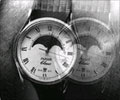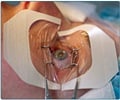- About Best Disease - (http://emedicine.medscape.com/article/1227128-overview)
- Best Disease - (http://www.orpha.net/data/patho/pro/en/best-frenpro4510.pdf)
About
Best disease affects the eyes and may cause blindness in due course in some patients.
Best disease is an inherited condition that exclusively affects the eyes. The condition was first described by Dr Franz Best, a German ophthalmologist, and therefore is named after him. In medical terms, it is also called vitelliform macular dystrophy.

Best disease is a rare disease and is inherited in an autosomal dominant pattern. In this type of inheritance, the child has a 50% chance of acquiring the disease if one parent has the disease. Best disease has been studied in Europeans, Hispanics and Africans.
Best disease can be first identified in children between the ages of 3 and 15 years. Examination of the eye by an ophthalmologist reveals a yellow or orange lesion in the macula of the eye, comparable to an egg yolk. The macula is a part in the inner light-sensitive layer of the eye that is responsible for central vision, sharp vision and color vision. It is around 1 mm in diameter and is located in the center of the retina at the back of the eye.
The lesion may not cause any visual problems but over the years can affect vision and even lead to blindness in late adulthood.
A test conducted on the eye called electro-oculogram is abnormal in all cases of Best disease, even if the person does not experience any problems with vision. Other tests like fluorescein angiogram and optical coherence tomography are also useful in the diagnosis.
There is no specific treatment for Best disease. Regular checkups and correction of vision are necessary. Genetic counseling and occupational counseling are also recommended in people affected with Best disease.








